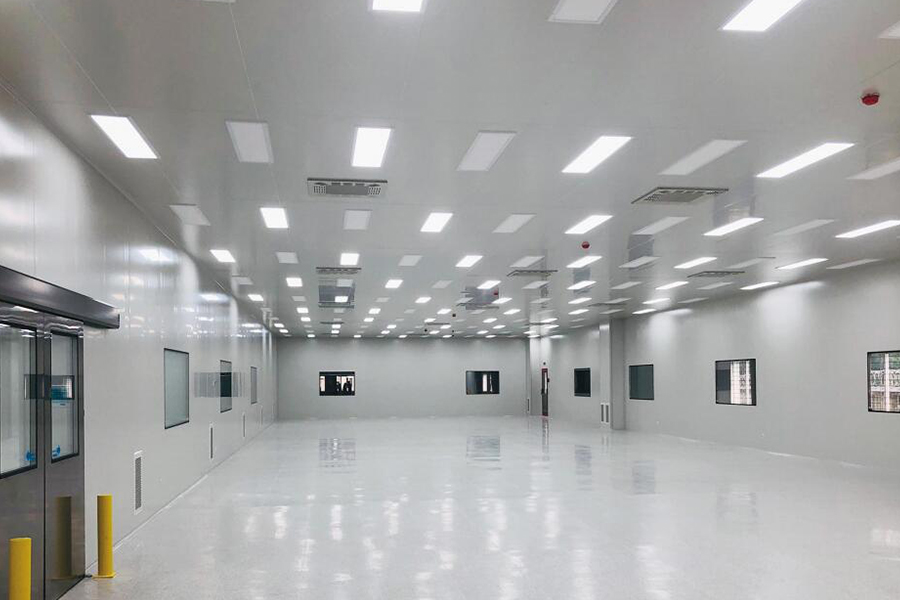

Requirements for the cleaning operation of the transfer […]
Requirements for the cleaning operation of the transfer window: cleaning frequency, cleaning once before and after use, cleaning tools, lint-free rags.
Transfer window cleaning method: Wipe the inside and outside of the transfer window with a rag dipped in detergent. Cleaning, storage and drying of cleaning tools After cleaning with detergents, rinse them with drinking water, store them in the tool storage room, and dry them naturally.
Transfer window disinfectant and preparation of 0.1% Sinjierzide: Dissolve 2% Sinjierzil solution with purified water to 20 times the volume, and stir evenly. 75% ethanol: Take 790ml of 95% alcohol, add purified water to 1000ml, and stir well.
Disinfection method of the transfer window: Wipe the inside of the transfer window with a rag dipped in disinfectant, and then wipe the outside.
The cleaning effect of the transfer window: wipe the transfer window with a cotton ball and send it to the hygiene inspection, which should be sterile.
Disinfection operation standard of transfer window:
1. Purpose: To ensure the cleanliness of the transfer (door) window, to ensure process hygiene in the clean area, and to prevent contamination and cross-contamination.
2. Scope: It is suitable for passing doors and windows in the production area.
3. Responsible person: production operators, and QA site monitors.
4. Content: When cleaning the transfer window, the doors on both sides of the transfer window cannot be opened at the same time to avoid cross-contamination.

Cleanroom Classifications:Introduction for Microelectronics Cleanroom
A clean room means a room in which the quantity of particles floating in the air and, when necessary, the temperature, humidity, and pressure, can be controlled, the main objective of the dust in a given room is determined according to the requirements of the products to be handled in the room.
(A) Cleanliness and the number of ventilation cycles. The cleanliness of the room depends upon the number of ventilation cycles performed per unit time. the structure should be contrived so that the air flow is distrubed as little as possible and due care should be taken to prevent the accumulation of dust on surfaces anywhere in the clean room. In order to maintain the cleanliness of the room, the inflow of contaminating particles from outsid must be prevented. To obtain the required room pressure, outside air of apprepriate quality and quantity is necessary.
(B) Material and anxiliary equipment for clean room Material is employed for the ceiling, walls and floor. when necessary, such auxiliary equipment as air showers in the entrances and pass-boxes in the walls must be installed.
(C) Control of personnel , materials Personnel and materials brought, are the main sources of dust in clean rooms, so adequate controls must be adopted. For example, all personnel should be made to pass through air showers and change into dust-free clothes before entering clean rooms.
Our new models offer superb design;competitive prices and their new features give them distinct advantages over similar products from other manufacturers.